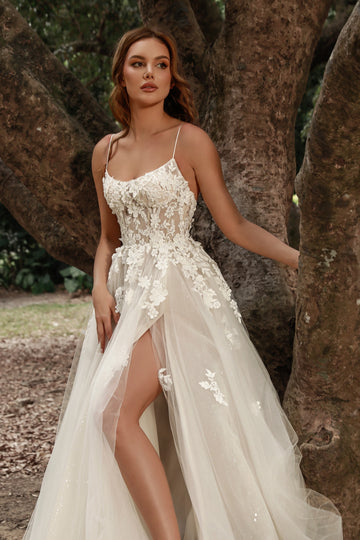Mastering the Art of Creating a Wedding Dress with a Fully Pleated Skirt: Best Practices
Mastering the Art of Creating a Wedding Dress with a Fully Pleated Skirt: Best Practices
Introduction to Wedding dresses with Fully Pleated Skirts
When it comes to wedding attire, the wedding dress holds a special place in the hearts of brides around the world. One design that has stood the test of time and remains a favorite is the wedding dress with a fully pleated skirt. The elegance and charm of pleats can add a stunning visual texture that enhances the overall aesthetic of the gown. In this article, we will explore the best practices for creating a wedding dress with a fully pleated skirt and other relevant considerations to ensure your special day is perfect.
Understanding Pleats and Their Impact on Wedding dresses
Pleats are folds in the fabric that create volume and movement, which can beautifully enhance the silhouette of a wedding dress. By providing a structured yet flowing design, pleats can vary in size, depth, and alignment, ultimately affecting the dress's appearance.
The Aesthetic Appeal of a Fully Pleated Skirt
A fully pleated skirt can contribute to a bride's vision of romance and sophistication. Here's why this design choice is so appealing:
- Movement: The nature of pleats allows for graceful movement, which can be accentuated during the ceremony or reception.
- Versatility: Fully pleated skirts can complement various wedding themes, from a rustic outdoor wedding to an elegant ballroom affair.
- Customizable: Pleats can be tailored to suit the bride's personal style, from deep and dramatic to soft and subtle.
Best Practices for Creating a Fully Pleated Skirt
While creating a wedding dress with a fully pleated skirt can be an exciting project, it requires careful planning and consideration. Below are some best practices that will guide you through the design and creation process:
| Practice | Description |
| 1. Choose the Right Fabric | Opt for fabrics that hold their shape well while offering some drape, such as tulle, chiffon, or silk. |
| 2. Determine Pleat Width and Depth | Consider the bride's body type and personal style when deciding on the width and depth of the pleats. |
| 3. Use Quality Sewing Techniques | Utilize quality double stitching and pressing techniques to ensure pleats lay correctly and maintain their structure. |
| 4. Test the Design | Create a muslin version to experiment and adjust the pleats before cutting the final fabric. |
| 5. Incorporate Accessories Wisely | Choose a belt or embellishments that complement the pleated skirt without overpowering it. |
Choosing the Right Fabric for Your Design
Fabric selection is crucial in achieving the desired look and feel of the wedding dress. Here are some fabric options to consider:
- Chiffon: Lightweight and flowy, this fabric is ideal for soft pleats.
- Taffeta: A crisp fabric that holds shape well, suitable for creating structured pleats.
- Silk: Luxurious and soft, it provides a stunning drape and movement.

Techniques for Perfect Pleating
Creating a fully pleated skirt involves specific sewing techniques to ensure the pleats are even and well-formed. Here are some practical tips:
- Marking the Fabric: Use fabric chalk or a water-soluble pen to mark the pleat lines accurately.
- Pinning: Use plenty of pins to hold pleats in place before stitching, ensuring they align properly.
- Pressing: Press each pleat carefully after stitching to give it definition and longevity.
Body Shape Considerations
The bride's body shape plays a significant role in how a fully pleated skirt will look. Here’s how to choose pleating styles based on different body types:
- If the bride has a curvier figure, soft pleats that start at the waist can create a flattering silhouette.
- For athletic shapes, structured pleats that add volume can provide a balanced appearance.
- If the bride has a petite frame, choose smaller pleats to avoid overwhelming the silhouette.
Embellishing the Fully Pleated Skirt
Once the pleated skirt is designed, brides can consider embellishments to enhance the overall look. Some suggestions include:
- Beaded Waistbands: These can draw attention to the waist and add elegance.
- Lace Trimmings: Incorporate lace around the hem or the pleat edges for a delicate touch.
- Floral Embellishments: Flowers sewn into the pleats can add charm and create a romantic vibe.
Conclusion: Bringing Your Vision to Life
Creating a wedding dress with a fully pleated skirt can be a rewarding project that results in a stunning gown perfect for a bride's special day. By following the best practices outlined in this article, brides can ensure they achieve a look that complements their style, body type, and overall wedding theme. Remember to take your time in the design process, select the right materials, and pay close attention to pleating techniques. With careful planning and creativity, you can bring your vision to life. As you embark on this exciting journey, don’t forget to consider the comfort and confidence of the bride, ensuring she feels beautiful when she walks down the aisle!
